
The journey of Chief Ministers of Gujarat since independence:
Let’s talk about Gujarat – a state known for its go-getter attitude and incredible culture. Since it kicked off in 1960, Gujarat has had some super cool leaders shaping things up. These Chief Ministers have been like the ship’s captains, guiding the state through many ups and downs. The journey of Chief Ministers of Gujarat since independence is all about checking out the times when these leaders were in charge – we’re diving into what cool stuff they did, the challenging parts they faced, and why it all matters in Gujarat’s political story. It’s like putting together all the puzzle pieces to see how Gujarat’s politics has grown over the years!
On Postswirl blogging site, we will trace the journey of Chief Ministers of Gujarat since independence, take a closer look at their achievements, the hurdles they faced and the difference they have made in bringing the state forward.
Dr. Jivraj Narayan Mehta (1960-1963)
Meet Dr. Jivraj Narayan Mehta, the first-ever Chief Minister of Gujarat. Imagine his challenge – starting from scratch to build how the state would run. He was all about making sure everyone got good healthcare and education. He set the stage for Gujarat to grow and become what it is today!
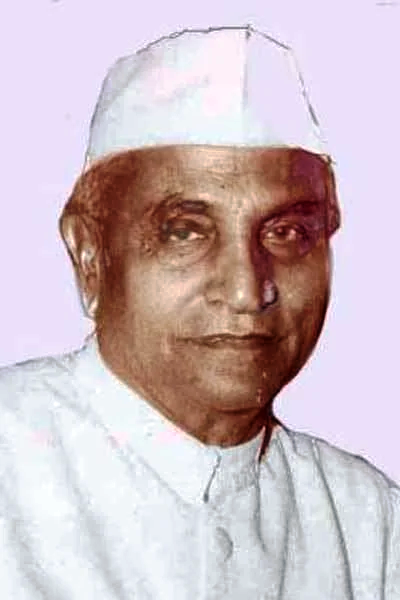
Tenure Highlights:
- Gujarat’s Inaugural Chief Minister.
- Set up the essential government foundations.
Major Achievements:
- Put a lot of effort into healthcare and education.
- They started the whole system to run the state.
Challenges: They are bringing different areas together to form a solid and united state.
Historical Significance: He laid the groundwork for a forward-thinking approach to future governance.
Balwantrai Mehta (1963-1965)
Balwantrai Mehta did some essential stuff during his time in charge. He ensured villages had more power in decision-making, which helped spread development more locally. His efforts set the groundwork for making rural areas stronger in Gujarat.
Tenure Highlights: He was the second Chief Minister and the first to push for the Panchayati Raj system.
Major Achievements:
- They strengthened local self-governance with the Panchayati Raj.
- He championed making rural areas better.
Challenges: He tries to make rural areas better with limited resources.
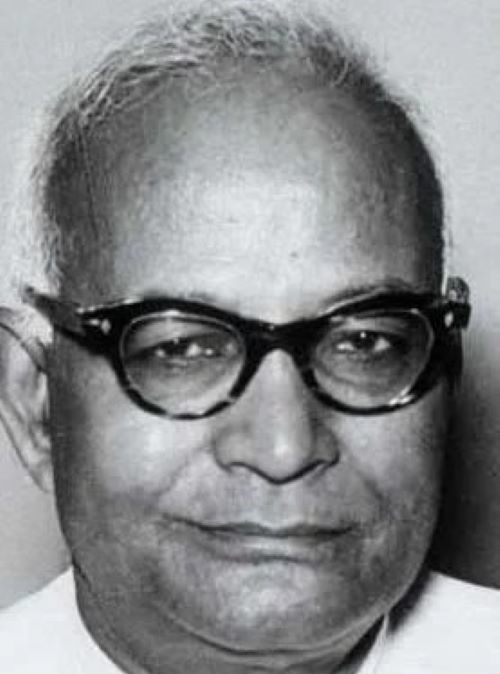
Historical Significance: Famous as the ‘Builder of Panchayati Raj’.
Hitendra Kanaiyalal Desai (1965-1971)
Hitendra Desai’s time in charge was all about making more industries and making education better. He showed everyone how to make Gujarat’s economy grow in the future.
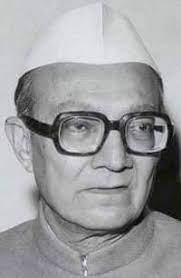
Tenure Highlights: Put a lot of effort into making industries grow and changing education.
Major Achievements:
- They have made significant improvements in buildings and industries.
- They also encouraged more learning with new colleges and better education opportunities.
Challenges: They were dealing with an economy that was growing fast.
Historical Significance: He had a big part in making Gujarat known as an industrial hotspot.
Ghanshyam Oza (1971-1972)
Ghanshyam Oza, even though he was in charge for a short time, really cared about making life better for people and improving things in the countryside.
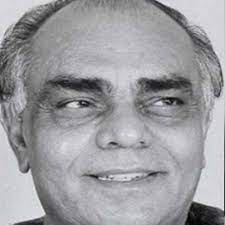
Major Achievements:
- Spoke up for making farming better and improving life in the countryside.
- Cared about making sure everyone was taken care of with good social policies.
Challenges: When he was in charge, Oza had a tough time making changes to farming, mainly because Gujarat primarily relies on agriculture.
Legacy: Even though Oza was in charge for a short while, he made people notice how important it is to focus on making life better in the countryside in Gujarat’s plans.
Chimanbhai Patel (First Term: 1973-1974, Second Term: 1990-1994)
Chimanbhai Patel was in charge twice, and what he did changed how industries worked in Gujarat.
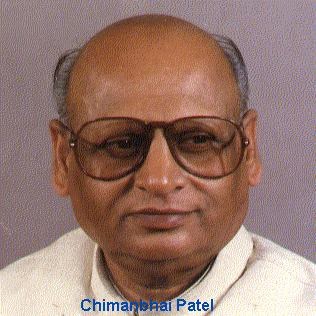
Major Achievements:
- Made industries, especially chemicals and medicines, grow a lot.
- They worked on making farming better and managing water resources.
Challenges: They try to make industries grow while also taking care of the environment and dealing with money issues in the state.
Legacy: Famous for being practical about making industries and farming better, he set up the plans for how Gujarat does money stuff in the future.
Babubhai J. Patel (1975-1976; 1977-1980)
Babubhai Patel ensured Gujarat’s money situation was steady, helping industries grow.
Major Achievements:
- Made industries in Gujarat super strong and improved the basic stuff like roads and buildings.
- Put in rules that helped Gujarat’s money situation and made it more steady.
Challenges: When he was in charge, Babubhai Patel had to figure out how to deal with the tricky political situation during the Emergency period in India.
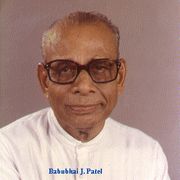
Legacy: Babubhai Patel is well-remembered for working hard to ensure the money situation was okay, even when politics was chaotic.
Madhav Singh Solanki (1976-1977; 1980-1985; 1989-1990)
Solanki, a leader who was all about moving forward, did some cool stuff during his time. He made significant changes for the better in how society works and how education happens.
Major Achievements:
- They improved schools so more people could learn cool stuff.
- Spoke up for the rights and improvement of people who needed more support.
Challenges: Solanki struggled to ensure everyone got along and dealt with tricky political stuff during his charge.
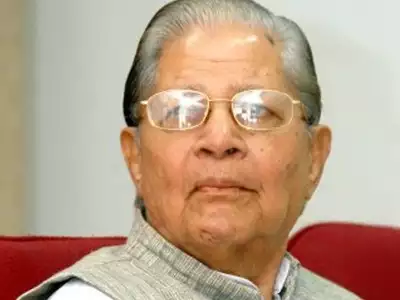
Legacy: The incredible things he did for fairness and education showed everyone how to ensure everyone’s included in how the government works.
Amarsinh Chaudhary (1985-1989)
Amarsinh Chaudhary cared about improving rural areas and helping out tribal communities during his time in charge.
Major Achievements:
- They made rules to improve things like roads and buildings in rural areas.
- Put extra effort into helping out tribal and other communities that needed more support.
Challenges: They are trying to make things fair for everyone and ensuring tribal communities get the same chances as everyone else in the extensive development plan.
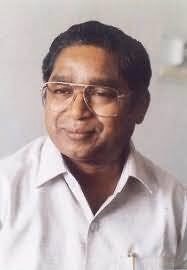
Legacy: People still think about Chaudhary as a leader who cared about ensuring everyone had a fair shot and making life better for tribal communities.
Chhabildas Mehta (1994-1995)
Chhabildas Mehta, during his time as Chief Minister, really worked on improving cities and the basic stuff like roads and buildings.

Major Achievements:
- He made cities better with new projects and modern upgrades.
- Put a lot of effort into making the roads and public stuff way better for everyone in the state.
Challenges: They deal with many people moving to the cities fast and all the tricky problems that come with it.
Legacy: Gujarat’s cities got a modern makeover because of what he did; people still remember him for that.
Keshubhai Patel (1995-1996; 1998-2001)
Keshubhai Patel, during his time as Chief Minister, did some important stuff – he worked on improving things, like buildings and roads, and helped out when there were natural disasters.
Major Achievements:
- Put a lot of effort into improving things, especially after the big earthquake 2001.
- Made sure the state was better prepared for disasters and helped get things back to normal after they happened.
Challenges: Keshubhai Patel had an adamant time when the big earthquake hit Gujarat in 2001, and he had to do a lot to manage the disaster.
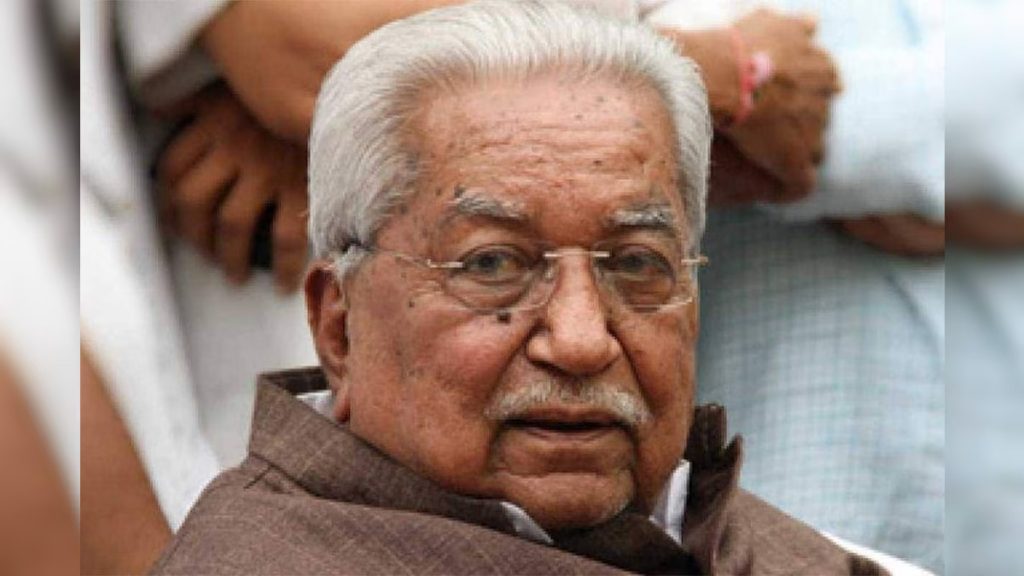
Legacy: People still remember Patel because he skillfully navigated challenging situations, especially during crises, and ensured improvements in things like buildings and roads.
Suresh Mehta (1995-1996)
Suresh Mehta, even though he didn’t stay in charge for long, he cared about making the rules better and putting policies into action.
Major Achievements:
- They made the rules and how things work in the government way smoother.
- They also made plans so that money, things, and industries could grow and get better.
Challenges: Suresh Mehta could only put in a few big plans that would last a long time because he was only in charge for a short time.
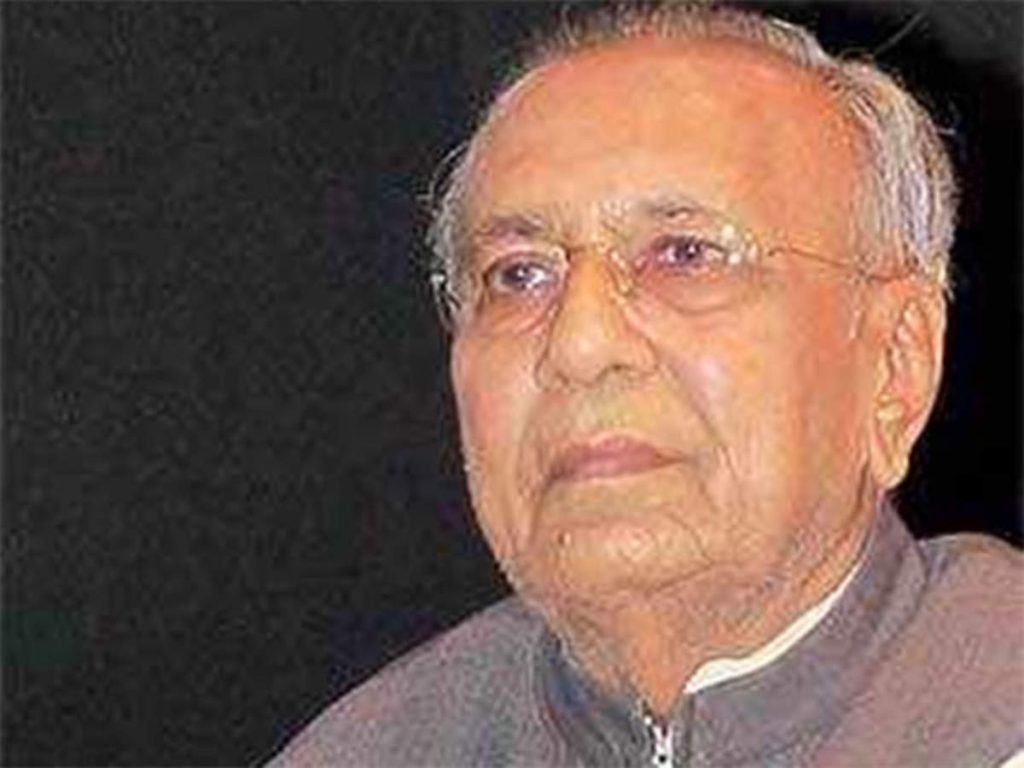
Legacy: People still remember Mehta because he cared about making the government work better and putting in changes to make things run more smoothly.
Dilip Parikh (1997-1998)
Dilip Parikh, even though he wasn’t in charge for long, really worked on ensuring the money situation was okay and improving the rules.
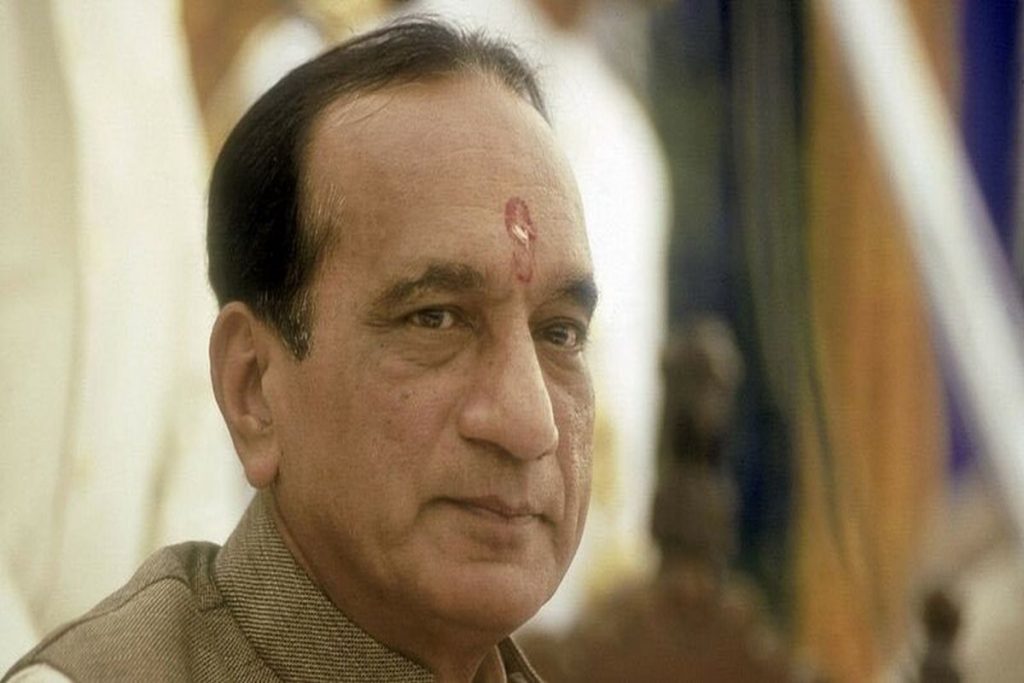
Major Achievements:
- Tried to make sure the state’s money situation was excellent and disciplined.
- I spoke up to make sure the government was open and worked efficiently.
Challenges: Because he was only in charge for a short time, Dilip Parikh could only make a few significant changes and put in new rules that would last a long time.
Legacy: People still think about Parikh because he tried to ensure the government was good with money and worked openly and honestly.
Narendra Modi (2001-2014)
Modi, who stayed around for a long time as Chief Minister in Gujarat, was focused on improving the economy and upgrading things like roads and buildings.

Major Achievements:
- They made intelligent rules that helped industries grow and got more money from other countries.
- They worked on massive projects, like making the GIFT city cool and modern.
Challenges: Modi dealt with tough times like the 2002 Gujarat riots when he was in charge. He figured out how to make industries grow fast while caring for the environment.
Legacy: Because of what Modi did, Gujarat became a trendy place for people worldwide to invest, making it more important globally.
Must Read : Narendra Modi – Inspiring Journey of Leadership and Transformation
Anandiben Patel (2014-2016)
Anandiben Patel was the first woman to be the Chief Minister of Gujarat, and she made history. She was all about making education better and helping women be more powerful.
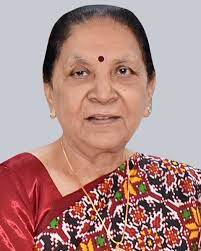
Major Achievements:
- They did lots of cool stuff to ensure women were safe and could make their own money.
- They worked on improving schools so that more people could quickly get a good education.
Challenges: Anandiben Patel had a tough time making things fair for everyone and trying to improve education for different kinds of people with varying amounts of money.
Legacy: People remember Anandiben Patel for making things fair for everyone, especially women, and for making remarkable educational changes.
Vijay Rupani (2016-2021)
Vijay Rupani, during his time as Chief Minister, really cared about using cool technology and making things work better in the government.
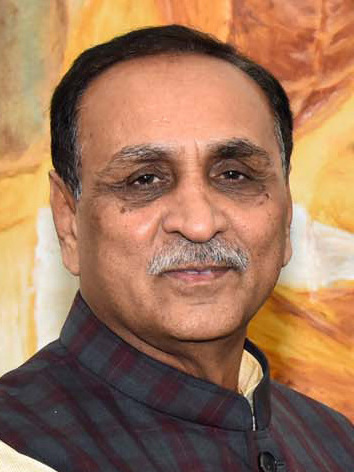
Major Achievements:
- Started cool projects to make cities smarter and made it easier to do government stuff online.
- Made sure hospitals and healthcare were better, especially when COVID-19 was causing many problems.
Challenges: The big challenge was handling everything during the COVID-19 pandemic, including ensuring good healthcare and dealing with the money.
Legacy: People remember Rupani because he was good at using technology to improve the government’s work, especially during the tough times of the pandemic.
Bhupendra Patel (2021-present)
Bhupendra Patel is still doing the Chief Minister job, and he’s keeping up with the good things his predecessors started, working on making everything better in a big way.
Major Achievements:
- Right now, he’s doing lots of cool stuff to improve buildings and roads, plan cities more intelligent, and make schools even more awesome.
- They are Putting a lot of focus on using cool technology and making things modern in different areas.
Challenges: The significant challenges are figuring out how to recover after the pandemic and handling problems with the environment and cities growing too fast.
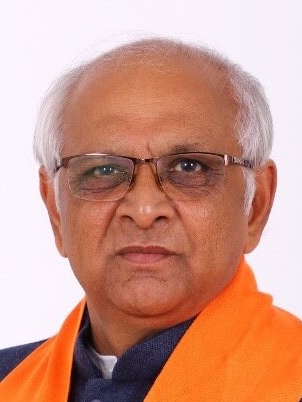
Legacy: Bhupendra Patel is still working hard to keep Gujarat growing and doing well, especially dealing with today’s issues.
Conclusion:
The story of Gujarat’s Chief Ministers is like a journey through different leadership styles, each adding something unique to the state’s progress. From Dr. Jivraj Narayan Mehta’s early leadership to now, the journey of Chief Ministers of Gujarat since independence have made Gujarat a unique mix of tradition and modern life. Their combined legacies still guide Gujarat to a solid and prosperous place in India.




